This project was conceived in early 2014 and built in April and May. Few similar instruments exist, but I was inspired a lot by the Rotoharp, Eric Rosenbaum's musical gears, the Hurdy-Gurdy, Wheelharp, and the Viola Organista.
I wanted the instrument to have the effect of an ensemble, so I included multiple sound chambers. I also wanted it to play itself, but have an interactive component, giving the user the option to turn different strings on or off and adjust the chord playing, so I put each resonating chamber on a hinge and attached them to scotch yoke mechanisms.
Six chambers gave the option for time signatures in 2 or 3. Each chamber contains two strings, rather than three you'd need to play an independently defined chord. I considered giving each three strings, but ultimately preferred the flexibility of two. Each pluck of a chamber could give the impression of a different chord based on what other strings were playing immediately before and after. Considering that this instrument loops very quickly, it works better creating a minimalist texture than repeated chord progressions.
I teach and fully embrace tinkering, so simultaneously learning, building, and redesigning is second nature for me. I rarely wait to start a project until after I've surpassed beginner status, and it makes the process all the better.
 barb
barb
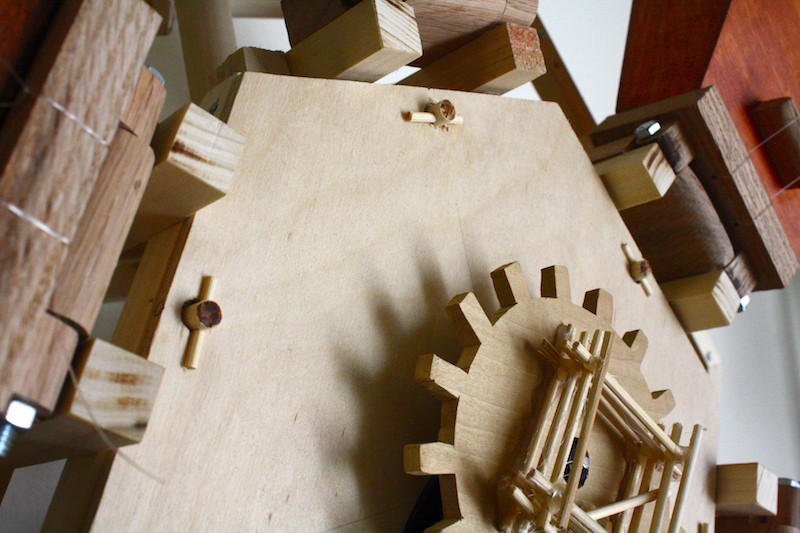
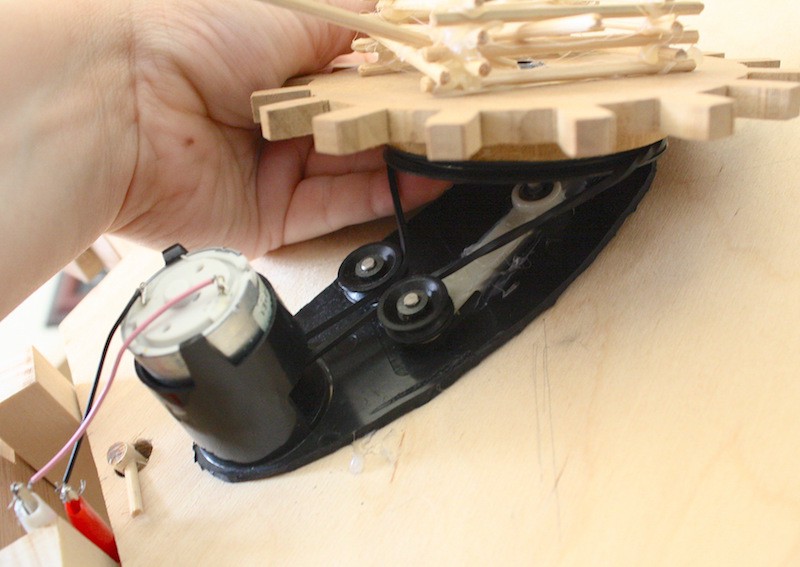
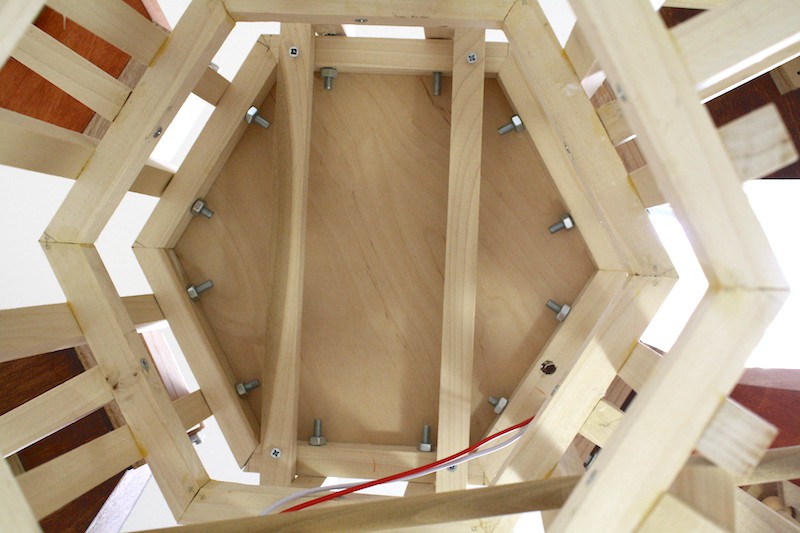
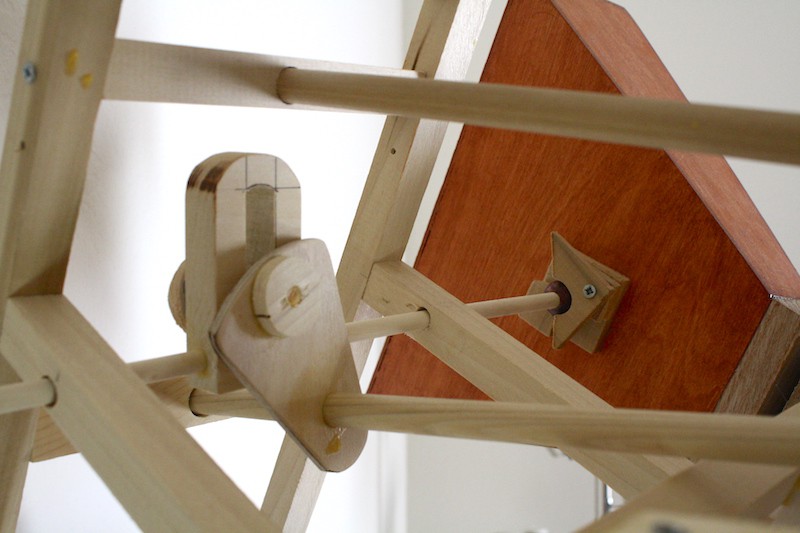
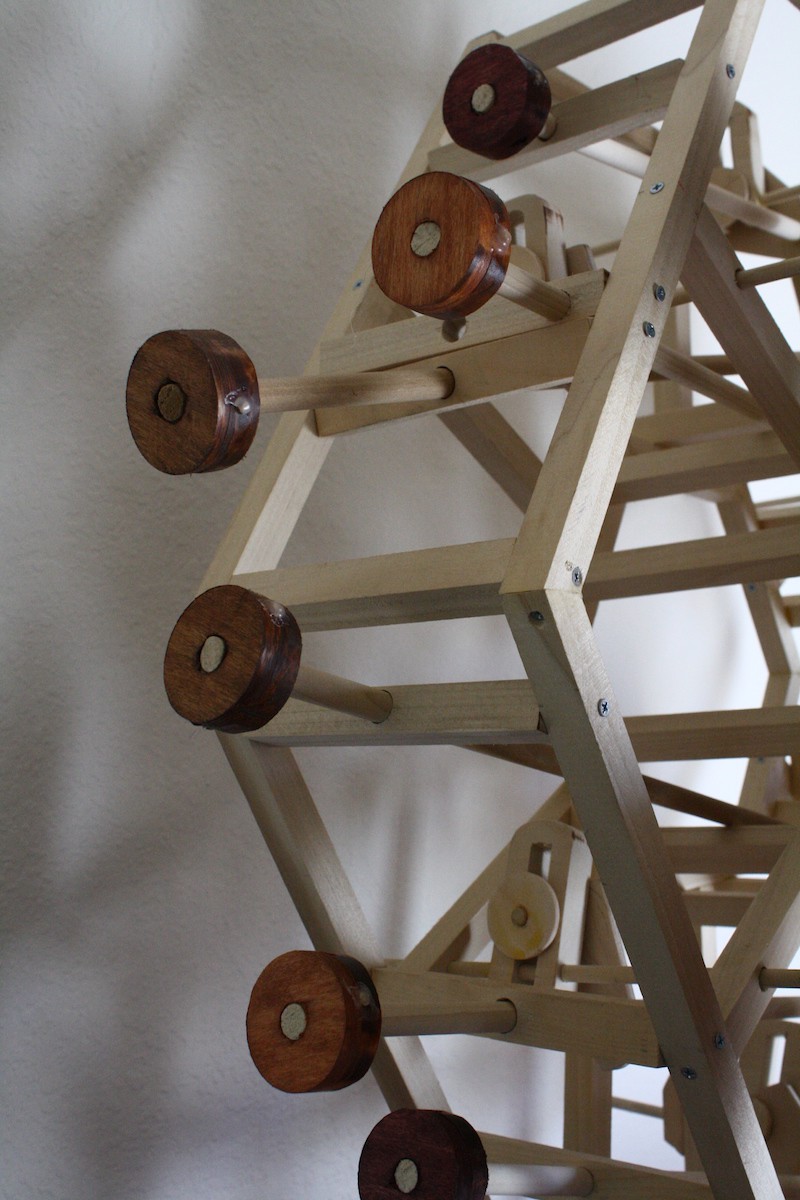
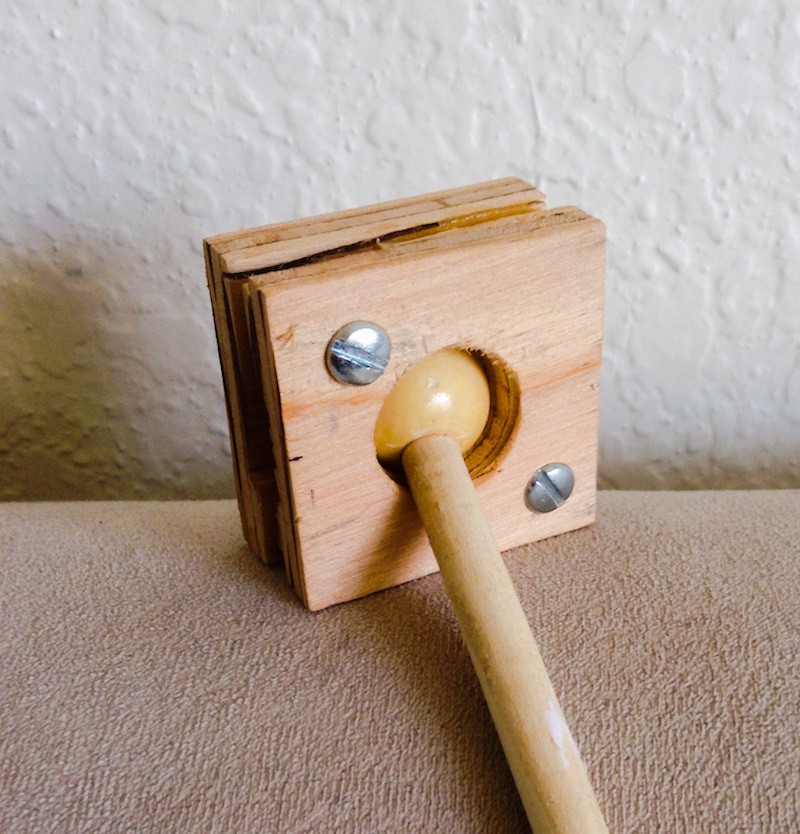


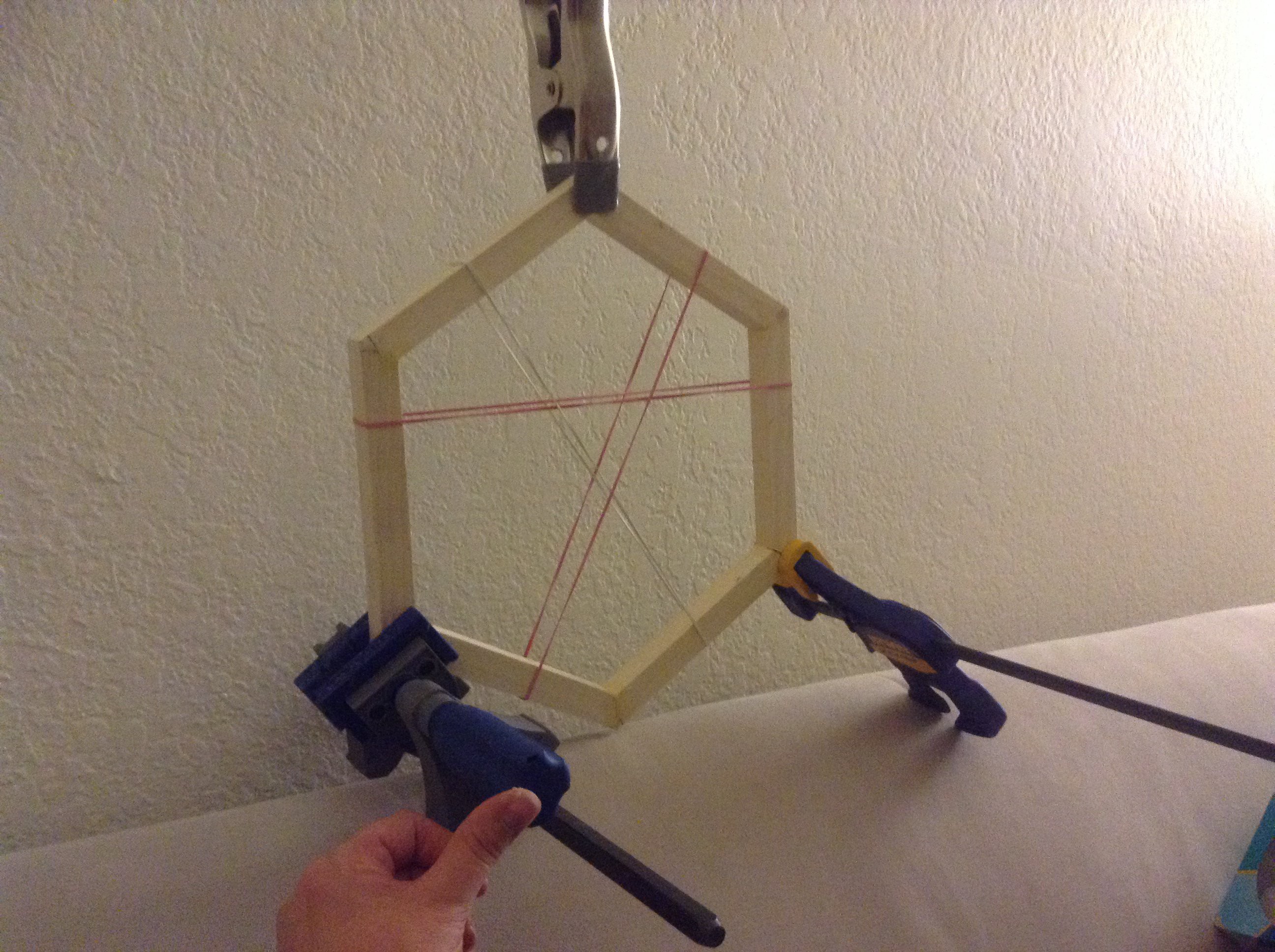
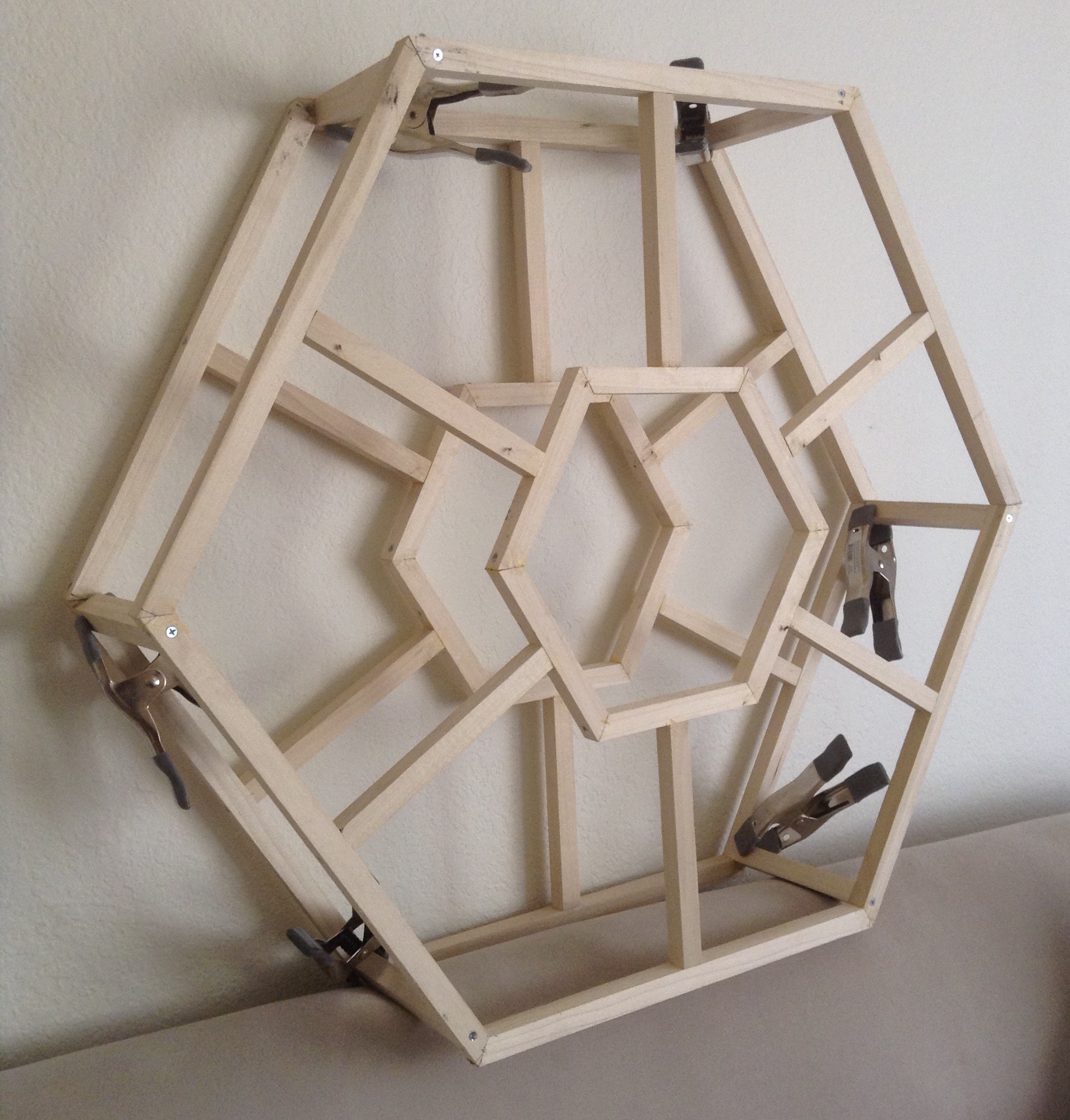

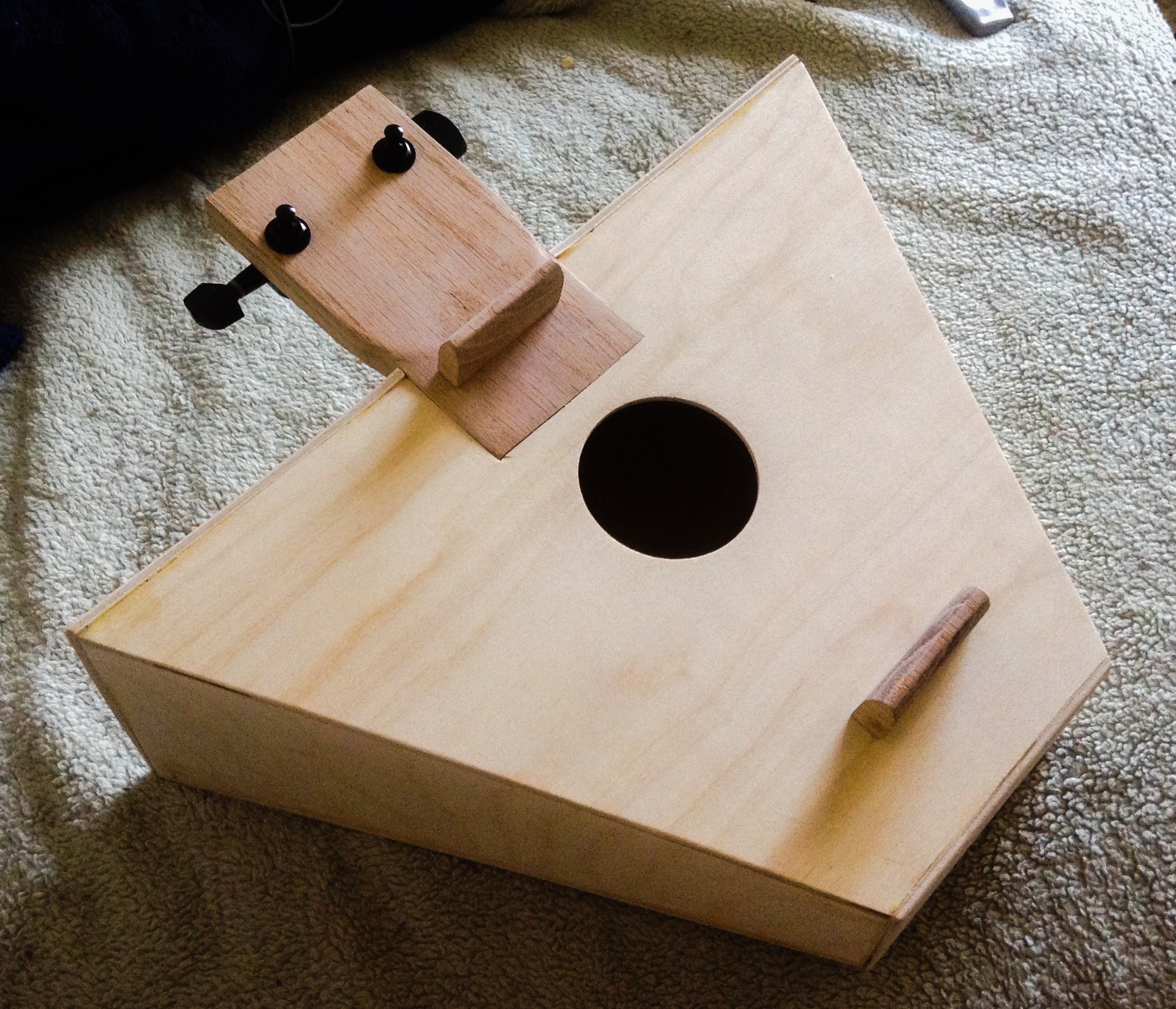
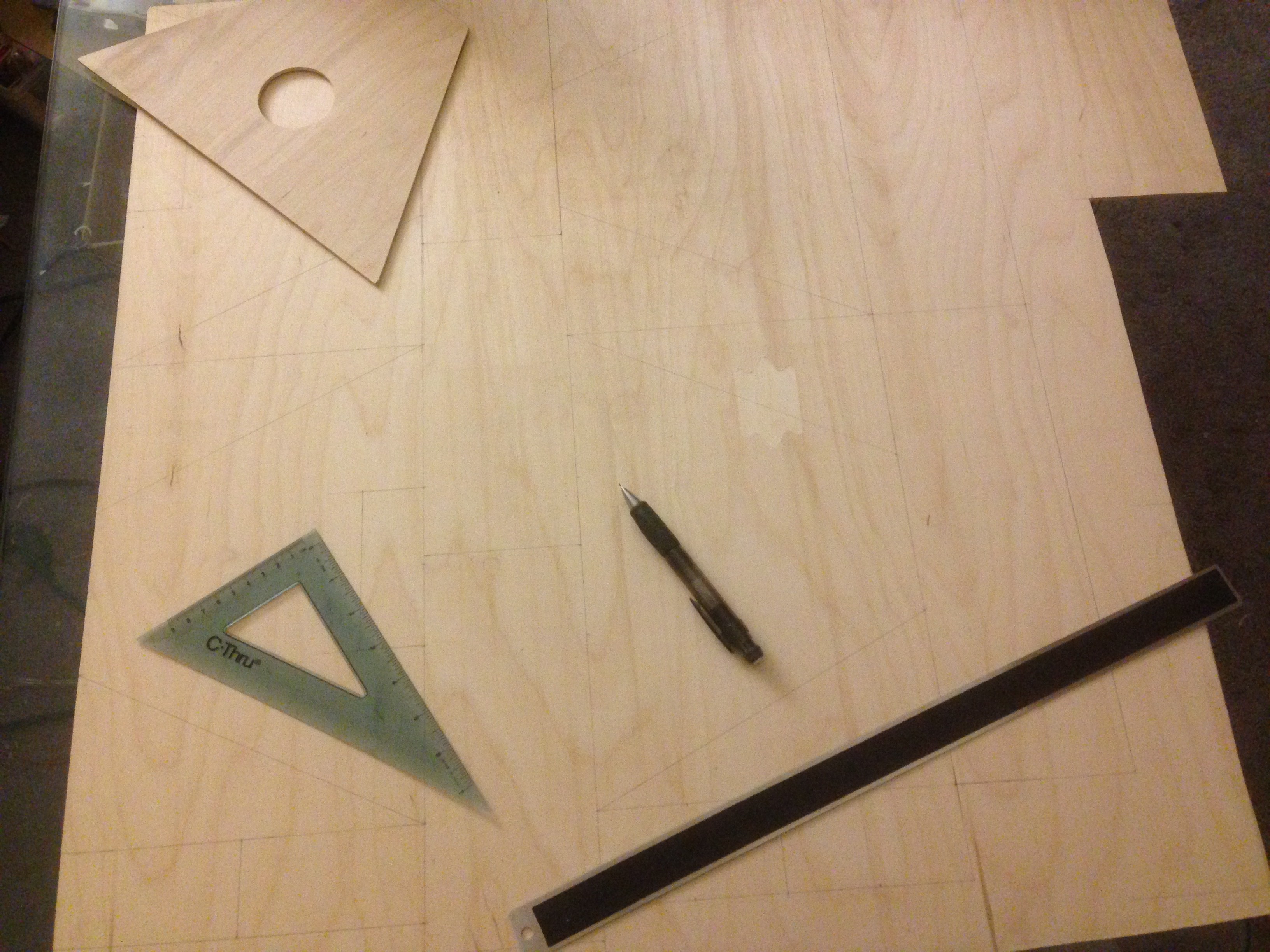
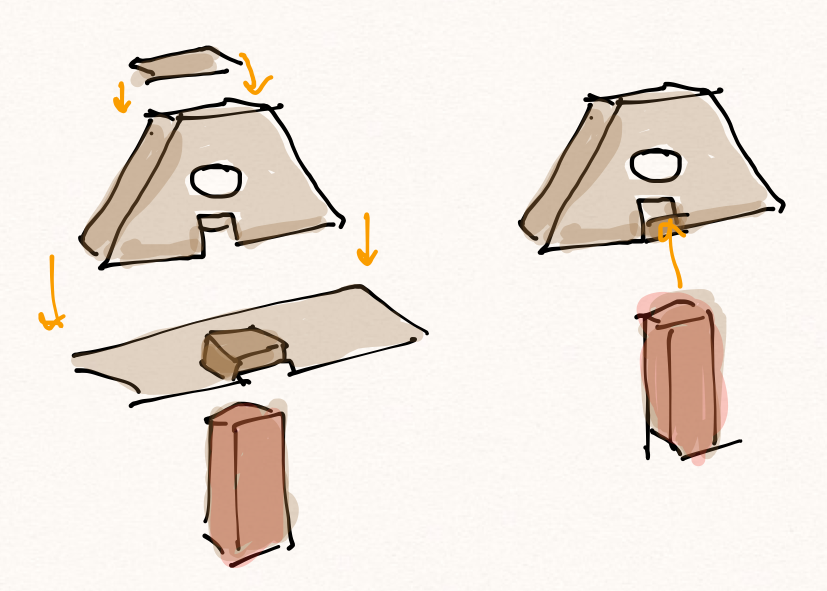

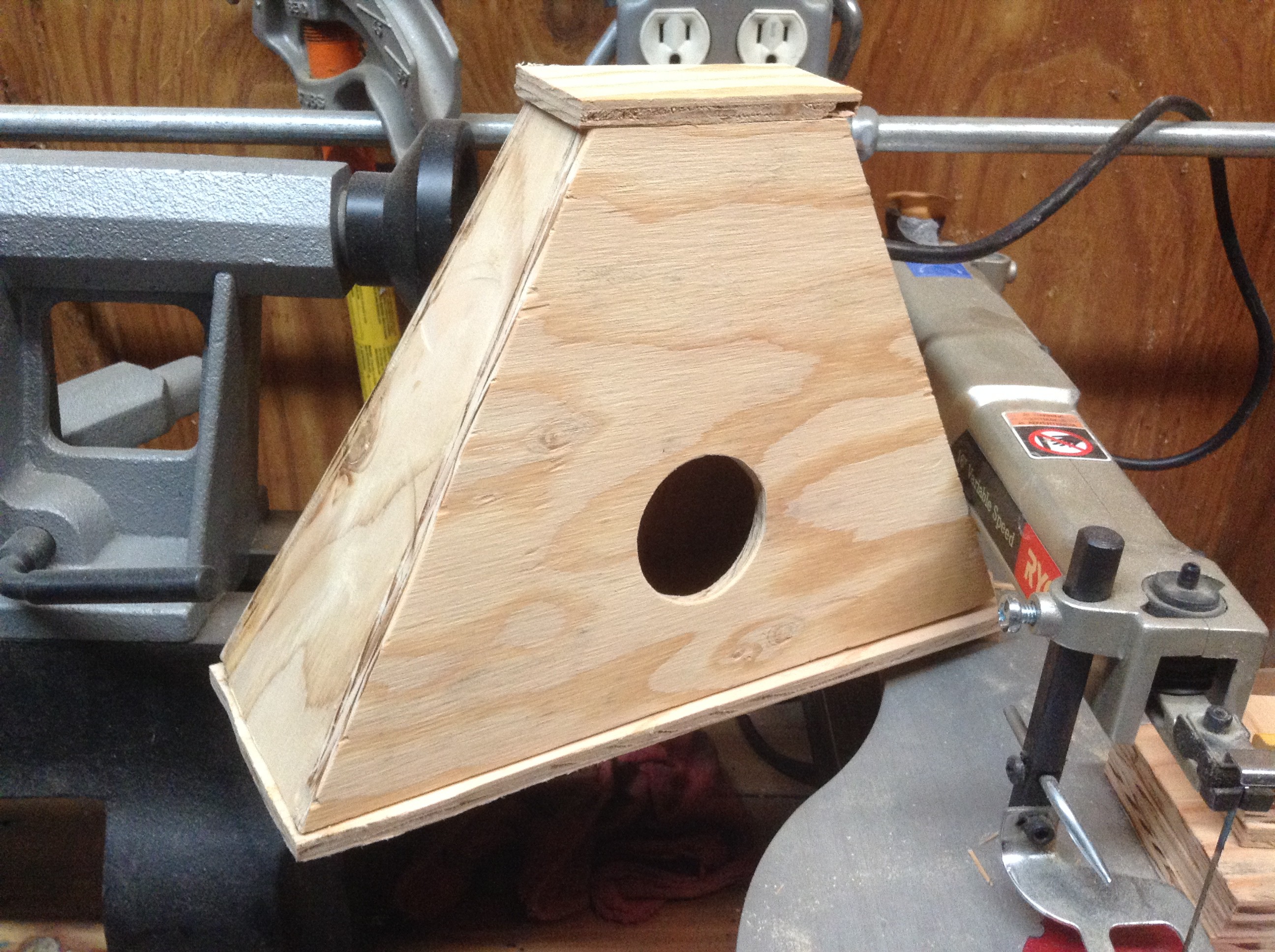

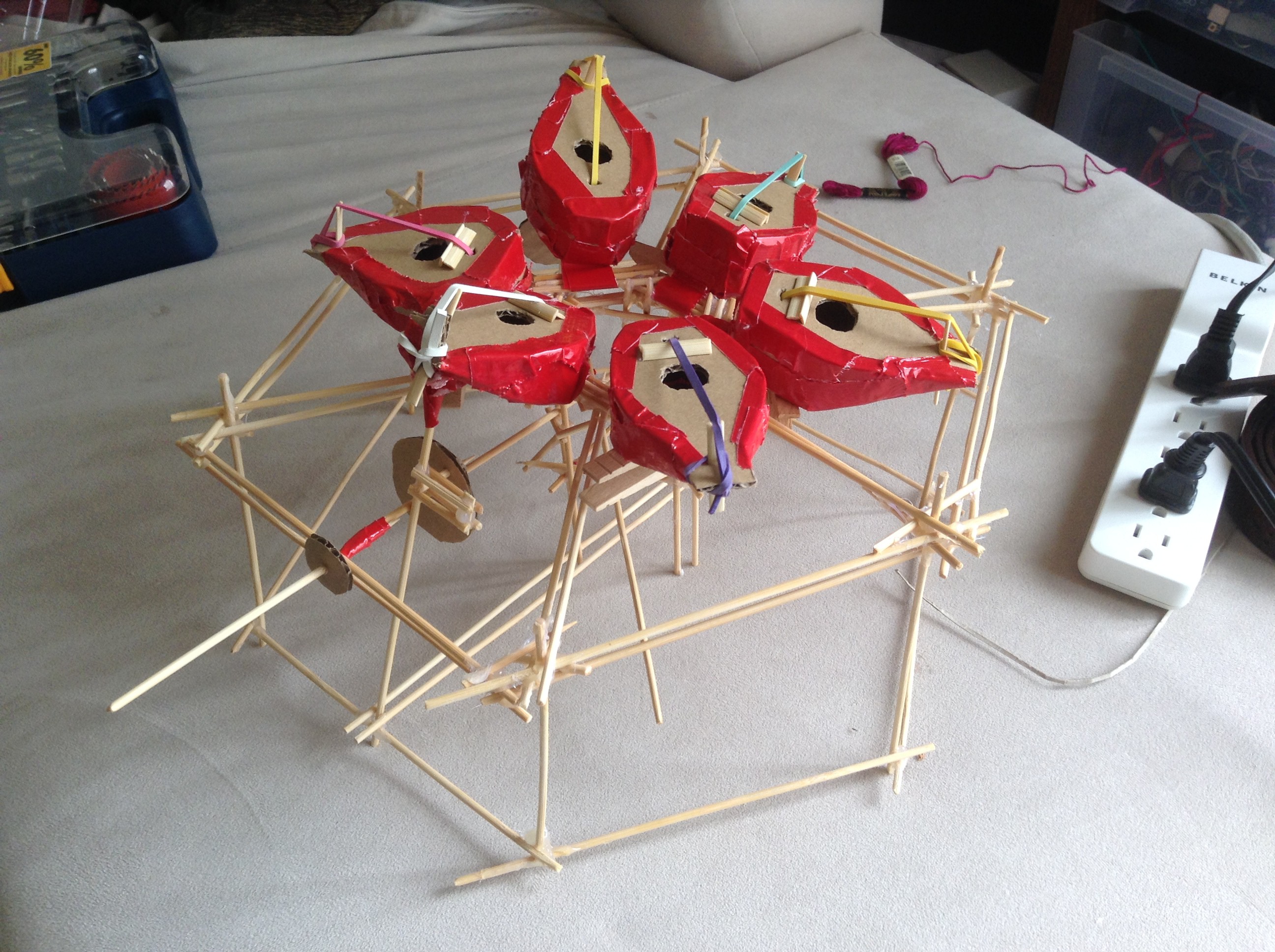
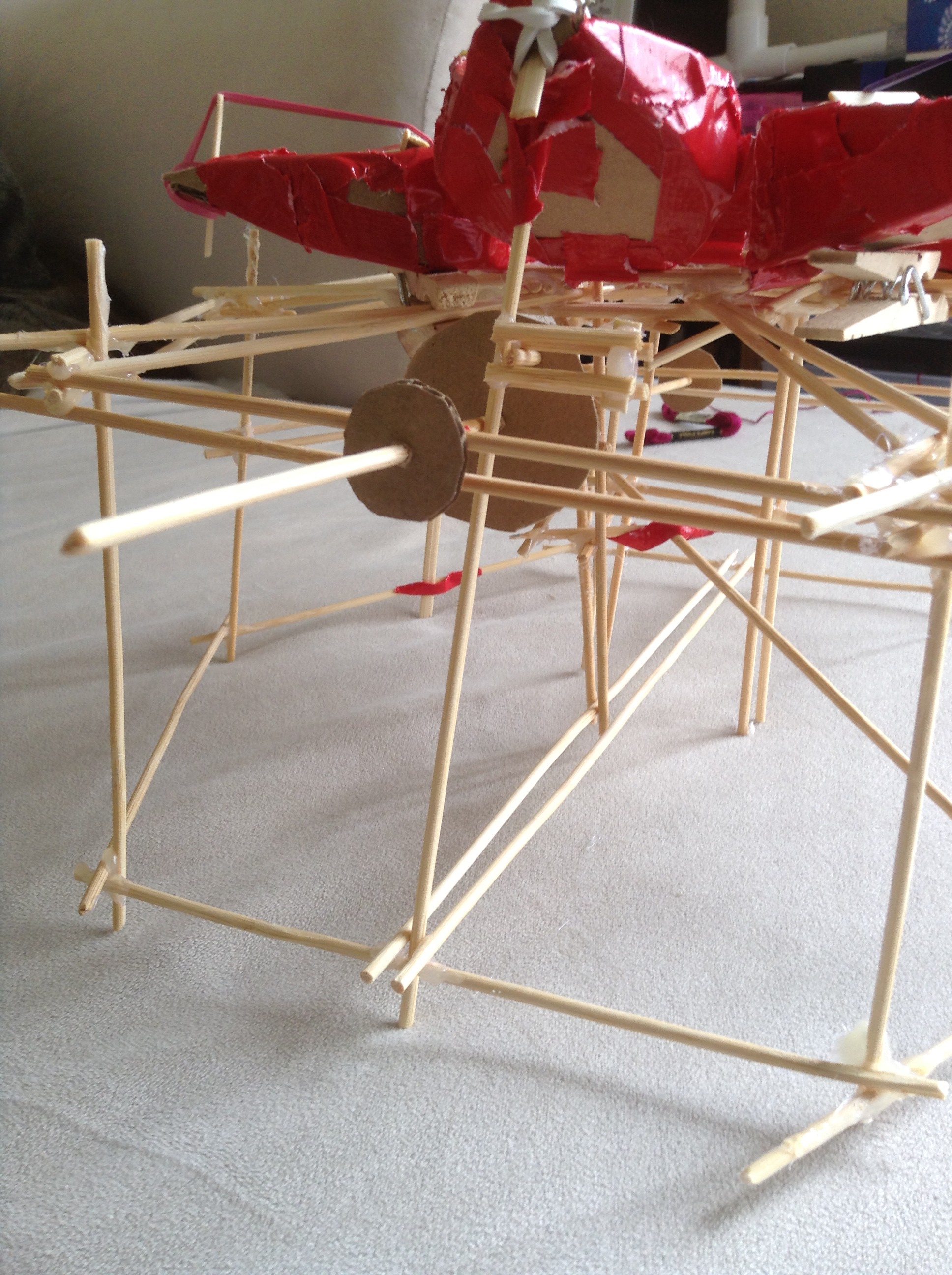
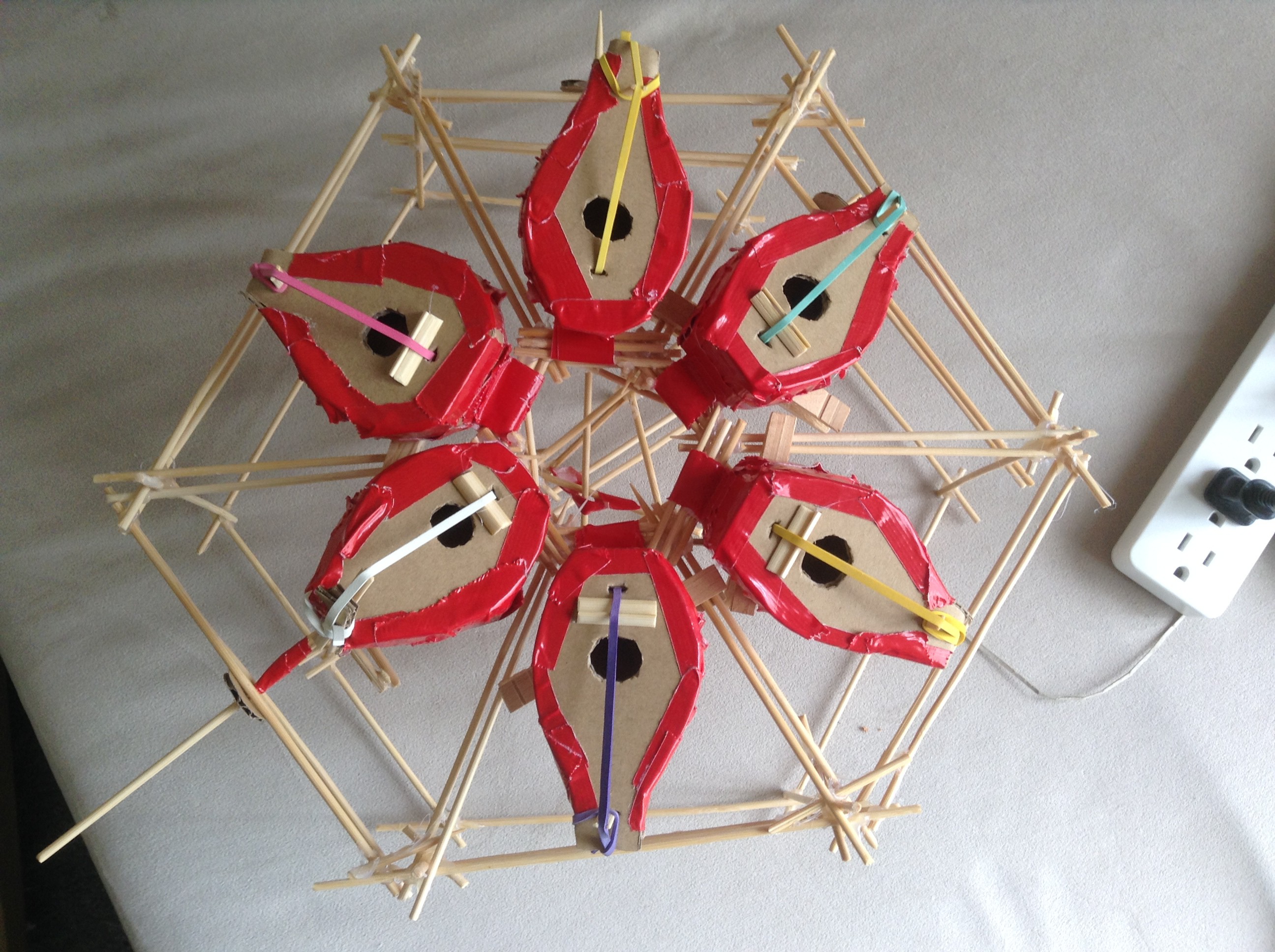

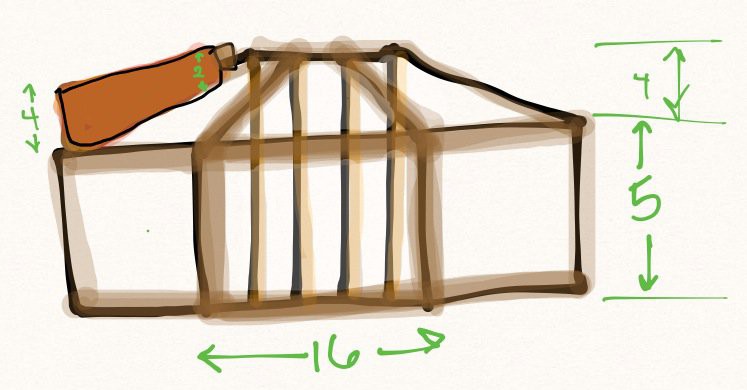

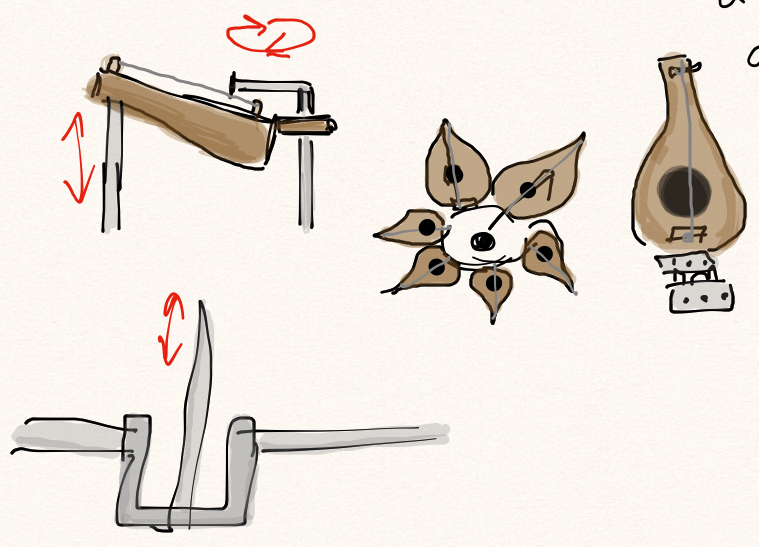
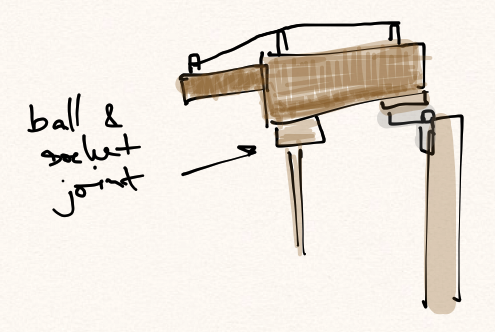
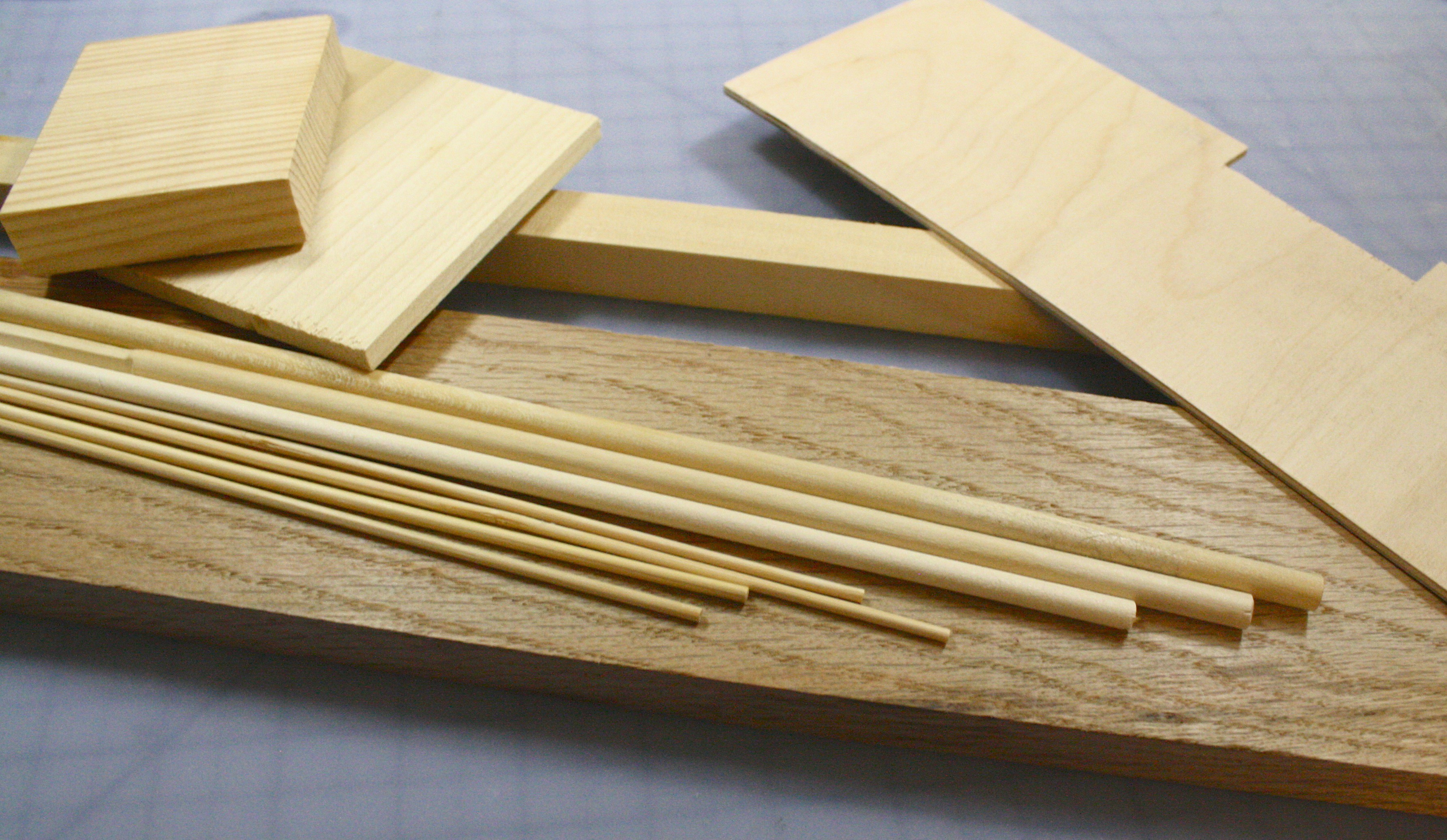
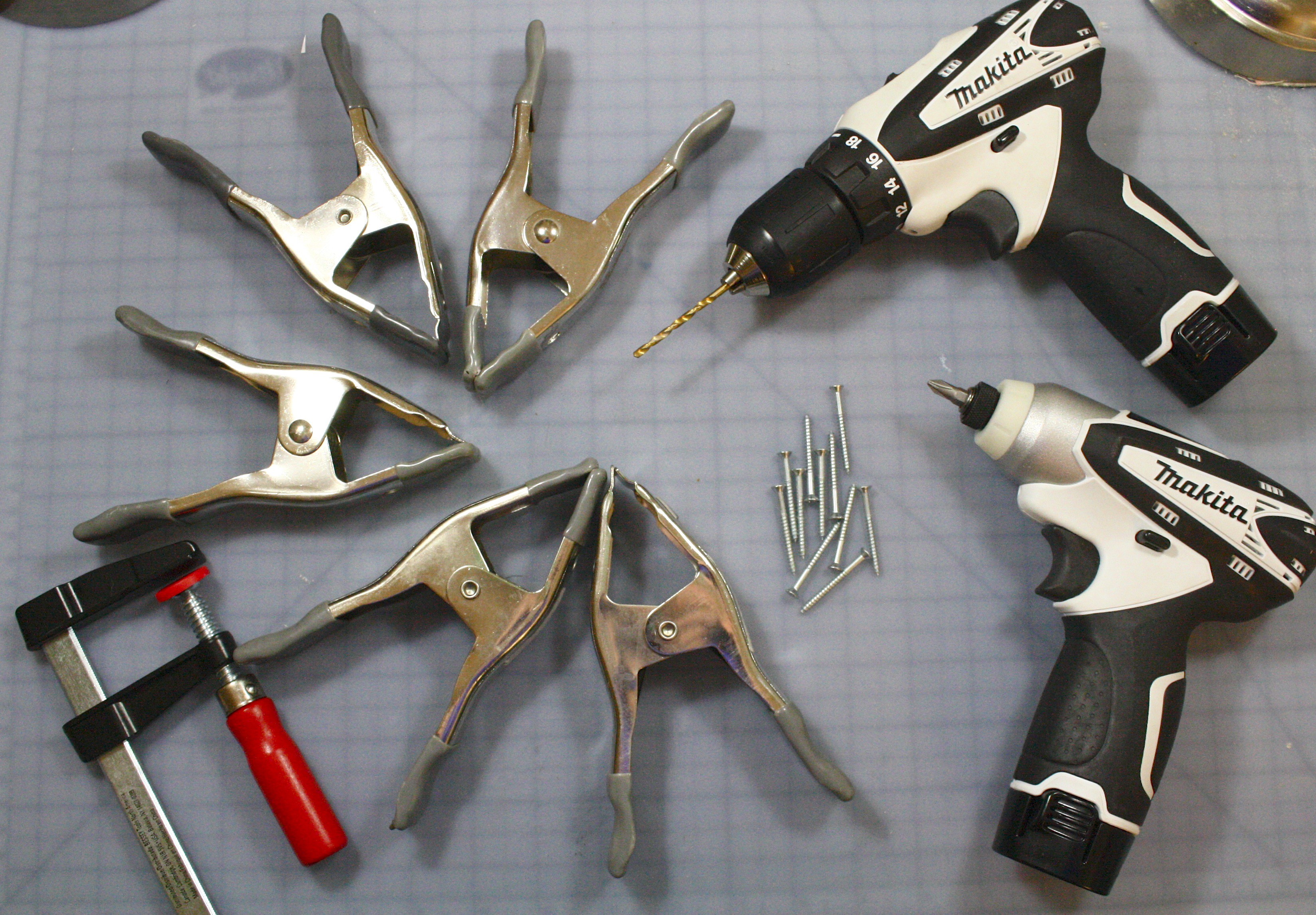

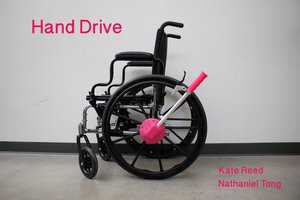
 Kate Reed
Kate Reed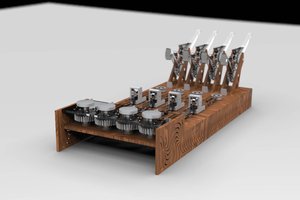
 Jason Cho
Jason Cho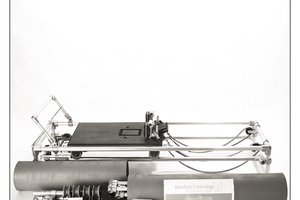
 joseph
joseph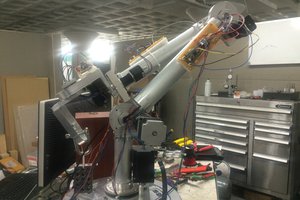
 Colin Kingsbury
Colin Kingsbury
Creating an automatic musical instrument will take a lot of efforts because no one created it before. I hope you will succeed in your mission. It will bring a huge change in the music industry if you succeeded in it.I will do the it as well, but now I have to visit this edubirdie review to get motivation in hiring the best writer for assistance in writing research paper about this kind of work.